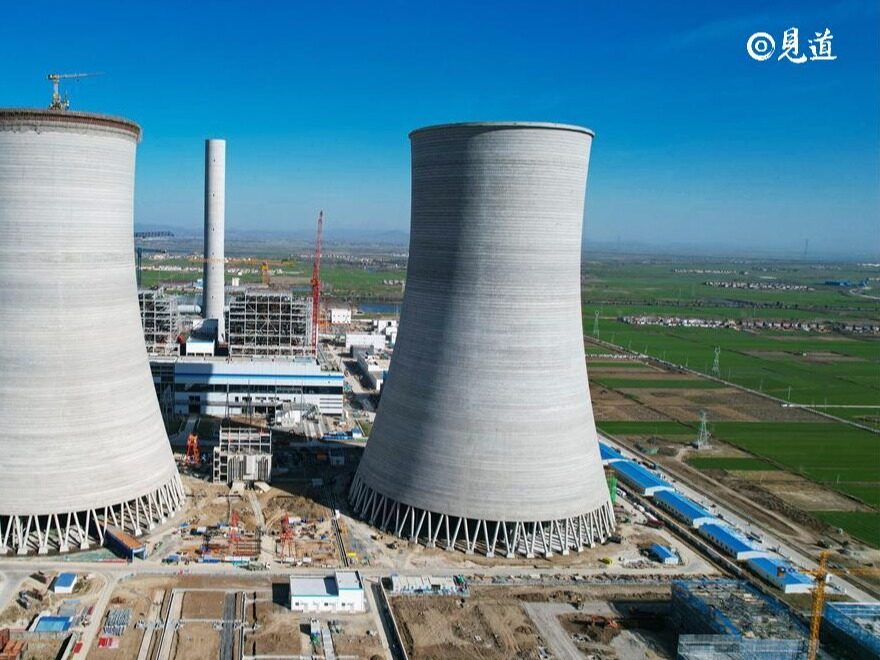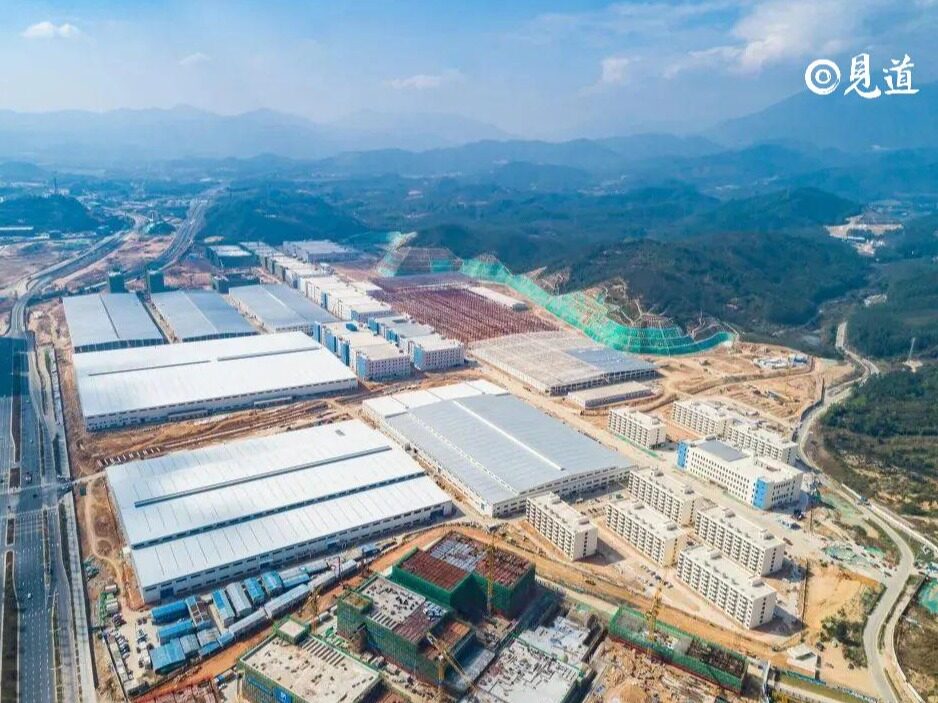- The epidemic in 2021 has not dissipated. China's port trade promotes port trade while preventing and controlling the epidemic

The total number of confirmed cases of the new crown worldwide has exceeded 100 million. Many countries have further upgraded their epidemic prevention and control measures. The shortage of vaccines and virus mutations have affected the global anti-epidemic process. Recently, the Ministry of Transport issued the "Notice on Doing a Good Job in Preventing and Controlling the Epidemic During the Spring Festival Transport in 2021", requiring transportation authorities at all levels to strictly implement epidemic prevention and control measures and do their best to do all the work during the Spring Festival. In terms of ports, as the Spring Festival is approaching, hinterland companies have stepped up shipments or increased reserves before the holidays to drive rapid growth in port throughput. In late January, the China Ports Association monitored that the throughput of major coastal hub ports increased by 12.2% year-on-year, of which the throughput of foreign trade cargo increased by 7.2% year-on-year; the throughput of Yangtze River hub ports increased by 40.1% year-on-year.

The container throughput growth rate of the eight hub ports hit a new high
In late January, the China Ports Association monitored that the container throughput of the eight hub ports increased by 20.5% year-on-year. Among them, foreign trade throughput increased by 19.8% year-on-year. The growth rate of Tianjin Port, Shanghai Port, Ningbo Zhoushan Port, Xiamen Port, Guangzhou Port and Shenzhen Port exceeded 20%. According to feedback from the port, the supply of foreign trade exports is still relatively sufficient recently. And the Spring Festival holiday is approaching, and the factory's speeding up of shipments has significantly increased the port cargo volume. It is reported that liner companies will routinely suspend some voyages during the Spring Festival, but the number of suspending flights this year will be less than in previous years due to the large export volume. In addition, because localities encourage local Chinese New Year, factories can resume work and deliver goods early after the holiday, but the situation of empty containers and insufficient space is still prominent. In the current period, the domestic trade business of each port increased by 23.4% year-on-year. The growth rate of Tianjin Port, Shanghai Port and Ningbo Zhoushan Port exceeded 40%.
Focus on monitoring port coal throughput growth to accelerate further
Recently, as many industrial and mining companies are entering the holiday season approaching the Spring Festival, the power demand decline has cooled the thermal coal market and the tight supply and demand situation has eased. The demand for replenishment of power plants before the holiday drove the rapid growth of coal shipments in northern ports. In late January, the coal throughput of Qinhuangdao Port and Shenhua Huanghua Port increased by 26.0% year-on-year, of which Qinhuangdao Port increased by 34% year-on-year, and Shenhua Huanghua Port increased by 19.1% year-on-year . In terms of inventory, coal mines in the early stage actively maintained supply and stabilized prices to increase the amount of coal sent to ports. The amount of coal in the two ports increased by 24.3% from the same period last year and 7% from January 20. The inventory at Qinhuangdao Port rose to more than 5 million tons.
Focus on monitoring the acceleration of port crude oil throughput
In late January, the global epidemic continued to spread, and many countries adopted more stringent lockdown measures, which dealt a blow to the rebound in global crude oil demand. International oil prices have stabilized slightly, and ICE Brent crude oil futures remained at the $55/barrel mark. Domestically, the price of refined oil has increased for six consecutive years, which has increased the profit margin of refineries. The refineries are highly motivated to produce, and the operating rate of refineries in Shandong has reached about 73%. In late January, the China Ports Association focused on monitoring the crude oil throughput of coastal ports to increase by 18.6% year-on-year, of which Tianjin Port and Yantai Port increased by more than 100%. On January 31, port inventory increased by 13.9% year-on-year, which was an increase of 6.9% from January 20.
Key monitoring port metal ore throughput growth rate has dropped
As the Spring Festival approaches, downstream construction sites and factories have entered the holidays one after another, and the steel market has entered the traditional off-season for consumption. Steel prices continued to fall, and total inventories rebounded significantly. The price of iron ore has also entered a downward channel. The main contract price fell below the 1,000 yuan/ton mark, which was a drop of nearly 8% on February 1 compared to January 20. In addition, the Ministry of Industry and Information Technology recently stated that it will resolutely reduce crude steel output to ensure a year-on-year decline in crude steel output in 2021. In this period, the China Ports Association focused on monitoring port metal ore throughput, which increased by 5.8% year-on-year, and the growth rate has fallen from the previous period. The growth rate of Tianjin Port exceeded 20%. In terms of inventory, statistics show that on January 31, the inventory of key monitored ports decreased by 9.4% year-on-year, and the decline was larger than the previous period.

Pre-holiday reserve demand drives rapid growth in throughput of Yangtze River hub ports
In late January, enterprises in the hinterland rushed to increase reserves before the holiday, which led to a rapid increase in the throughput of the Yangtze River hub port. Statistics show that the cargo throughput of the three ports of Nanjing, Wuhan and Chongqing increased by 40.1% year-on-year, of which Chongqing Port increased by more than 100% year-on-year. The container business of the three major ports increased by 17.4% year-on-year, of which Chongqing Port grew by more than 80%.
Port production achieved a good start in January
In January, the China Ports Association focused on monitoring that the cargo throughput of coastal ports increased by 4.6% year-on-year, of which foreign trade throughput increased by 2.3%. The container throughput of the eight hub ports increased by 9.6% year-on-year, which was faster than in December last year. Among them, foreign trade container throughput increased by 6.8% year-on-year, and domestic trade increased by 19.1%. In terms of ports, the growth rates of Tianjin Port, Shanghai Port, Ningbo Zhoushan Port, Guangzhou Port and Shenzhen Port all exceeded 10%. The bulk bulk cargo business of the port maintained a rapid growth trend overall. Specifically, coal business has resumed growth. The coal throughput of Qinhuangdao Port and Shenhua Huanghua Port increased by 14.6% year-on-year, and the growth rate of both ports exceeded 10%. In terms of oil products, the throughput of key monitoring ports in January increased by 10.1% year-on-year, which was significantly faster than in December last year. The growth rate of Yantai Port and Guangzhou Port exceeded 20%. The ore business achieved positive year-on-year growth, and the ore throughput of key monitoring ports in January increased by 3.2% year-on-year. The overall production of the Yangtze River port maintained a relatively fast trend. The cargo throughput of the three major hub ports increased by 21.3% year-on-year. The growth rate of Nanjing Port and Chongqing Port exceeded 20%. The container throughput of the three ports increased by 8.0% year-on-year, of which the growth rates of Wuhan Port and Chongqing Port exceeded 20%.Editor/Xing Wentao
Comment
 Praise
Praise
 Collect
Collect
 Comment
Comment
 Search
Search














Write something~